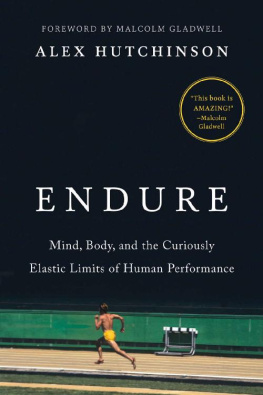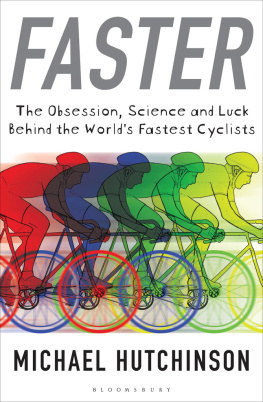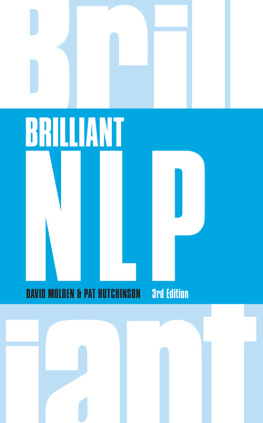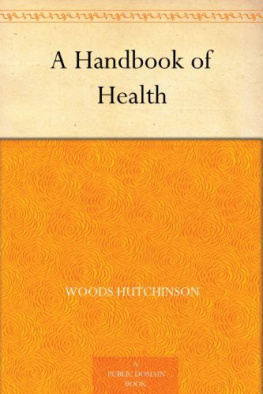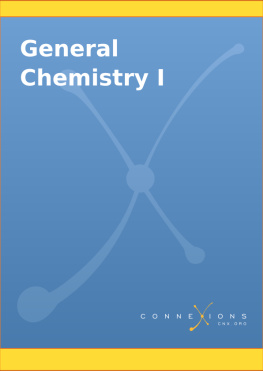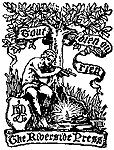The Project Gutenberg eBook, A Handbook of Health, by Woods Hutchinson
This eBook is for the use of anyone anywhere at no cost and with
almost no restrictions whatsoever. You may copy it, give it away or
re-use it under the terms of the Project Gutenberg License included
with this eBook or online at www.gutenberg.org
Title: A Handbook of Health
Author: Woods Hutchinson
Release Date: January 5, 2007 [eBook #20294]
Language: English
Character set encoding: ISO-8859-1
***START OF THE PROJECT GUTENBERG EBOOK A HANDBOOK OF HEALTH***
E-text prepared by
Juliet Sutherland, Riikka Talonpoika, Pilar Somoza Fernndez,
and the Project Gutenberg Online Distributed Proofreading Team
(http://www.pgdp.net/c/)
THE WOODS HUTCHINSON HEALTH SERIES
A HANDBOOK OF
HEALTH
BY
WOODS HUTCHINSON, A. M., M. D.
Sometime Professor of Anatomy, University of Iowa; Professor of Comparative
Pathology and Methods of Science Teaching, University of Buffalo; Lecturer,
London Medical Graduates' College and University of London;
and State Health Officer of Oregon. Author of "Preventable
Diseases," "Conquest of Consumption,"
"Instinct and Health," etc.
HOUGHTON MIFFLIN COMPANY
BOSTON NEW YORK CHICAGO
COPYRIGHT, 1911, BY WOODS HUTCHINSON
ALL RIGHTS RESERVED
TENTH IMPRESSION
PREFACE
Looking upon the human body from the physical point of view as the most perfect, most ingeniously economical, and most beautiful of living machines, the author has attempted to write a little handbook of practical instruction for the running of it.
And seeing that, like other machines, it derives the whole of its energy from its fuel, the subject of foodstheir properties, uses, and methods of preparationhas been gone into with unusual care. An adequate supply of clean-burning food-fuel for the human engine is so absolutely fundamental both for health and for efficiencywe are so literally what we have eatenthat to be well fed is in very fact two-thirds of the battle of life from a physiological point of view. The whole discussion is in accord with the aim, kept in view throughout the book, of making its suggestion and advice positive instead of negative, pointing out that, in the language of the old swordsman, "attack is the best defense." If we actively do those things that make for health and efficiency, and which, for the most part, are attractive and agreeable to our natural instincts and unspoiled tastes,such as exercising in the open air, eating three square meals a day of real food, getting nine or ten hours of undisturbed sleep, taking plenty of fresh air and cold water both inside and out,this will of itself carry us safely past all the forbidden side paths without the need of so much as a glance at the "Don't" and "Must not" with which it has been the custom to border and fence in the path of right living.
On the other hand, while fully alive to the undesirability, and indeed wickedness, of putting ideas of dread and suffering into children's minds unnecessarily, yet so much of the misery in the world is due to ignorance, and could have been avoided if knowledge of the simplest character had been given at the proper time, that it has been thought best to set forth the facts as to the causation and nature of the commonest diseases, and the methods by which they may be avoided. This is peculiarly necessary from the fact that most of the gravest enemies of mankind have come into existence within a comparatively recent period of the history of life,only since the beginning of civilization, in fact,so that we have as yet developed no natural instincts for their avoidance.
Nor do we admit that we are adding anything to the stock of fears in the minds of childrenthe nurse-maid and the bad boys in the next alley have been ahead of us in this respect. The child-mind is too often already filled with fears and superstitions of every sort, passed down from antiquity. Modern sanitarians have been accused of merely substituting one fear for another in the mind of the childbacilli instead of bogies. But, even if this be true, there are profound and practical differences between the two terrors. One is real, and the other imaginary. A child cannot avoid meeting a bacillus; he will never actually make the acquaintance of a bogie. Children, like savages and ignorant adults, believe and invent and retail among themselves the most extraordinary and grotesque theories about the structure and functions of their bodies, the nature and causation of their illnesses and aches and pains. A plain and straightforward statement of the actual facts about these things not only will not shock or repel them, or make them old before their time, but, on the contrary, will interest them greatly, relieve their minds of many unfounded dreads, and save them from the commonest and most hurtful mistakes of humanitythose that are committed through ignorance.
The Author.
CONTENTS
PAGE
- Running the Human Automobile
- Why We Have a Stomach
What Keeps Us Alive
The Digestive System
The Journey down the Food Tube
- The Food-Fuel of the Body-Engine
What Kind of Food should We Eat?
The Three Great Classes of Food-Fuel
- The Coal Foods
Proteins, or "Meats"
- The Coal Foods (Continued)
Starches
Sugars
- The Coal Foods (Continued)
Animal Fats
Nuts
- Kindling and Paper FoodsFruits and Vegetables
- Cooking
- Our Drink
Filling the Boiler of the Body-Engine
Where our Drinking Water Comes from
Causes and Dangers of Polluted Water
Methods of Obtaining Pure Water
Home Methods of Purifying Water
- Beverages, Alcohol, and Tobacco
Alcohol
Tobacco
- The Heart-Pump and its Pipe-Line System
The Blood Vessels
The Heart
- The Care of the Heart-Pump and its Pipe Lines
- How and why We Breathe
- How to Keep the Lung-Bellows in Good Condition
The Need of Pure Air
Colds, Consumption, and Pneumonia
How to Conquer Consumption
Pneumonia
- The Skin
Our Wonderful Coat
The Glands in the Skin
The Nails
The Blood-Mesh of the Skin
The Nerves in the Skin
- How to Keep the Skin Healthy
Clothing
Baths and Bathing
Care of the Nails
Diseases and Disturbances of the Skin
- The Plumbing and Sewering of the Body
- The Muscles
- The Stiffening Rods of the Body-Machine
- Our Telephone Exchange and its Cables
- The Hygiene of Bones, Nerves, and Muscles
How to Get and Keep a Good Figure
Our Feet
Sleep and Rest
Disorders of Muscles and Bones
Troubles of the Nervous System
- Exercise and Growth
- The Lookout Department
The Nose
The Tongue
The Eye
The Ear
Our Spirit-Levels
- The Speech Organs
- The Teeth, the Ivory Keepers of the Gate
- Infections, and how to Avoid Them
- Accidents and Emergencies
Questions and Exercises
Glossary and Index
ILLUSTRATIONS
PAGE
To Attempt to Run an Automobile without Knowing how would be Regarded as Foolhardy
Where Sun-Power is Made into Food for Us
The Food Route in the Digestive System




